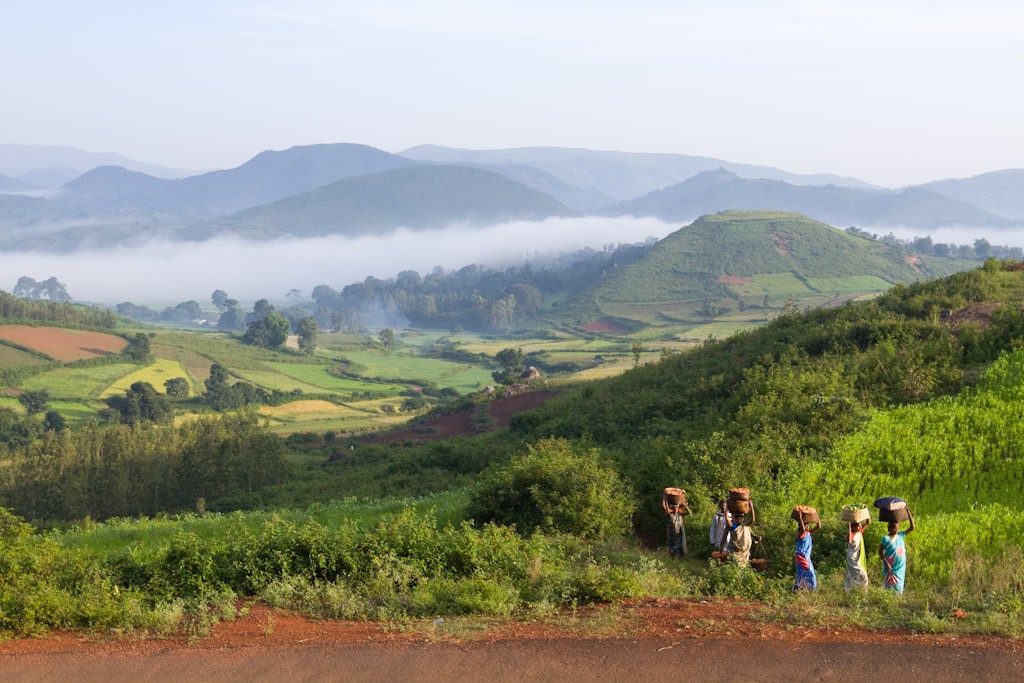As an organization actively engaged in reforestation and agroforestry, Livelihoods Venture is proud to sign the Trees4Climate Manifesto (www.trees4climate.org) asking governments present at the 21st meeting of the Conference of Parties of the U.N. Framework Convention on Climate Change (COP21) to consider trees and forests as a solution for climate change.
Livelihoods Venture advises the Livelihoods Carbon Fund and the Livelihoods Fund for Family Farming, two investment funds created by a group of reputable companies from Europe and the United States whose mission is to improve the livelihoods of rural farming communities via large-scale ecosystem restoration, eco-friendly cookstoves, agroforestry and sustainable agriculture projects.
Why the Trees4Climate Manifesto now?
The next U.N. Climate Change Conference gets underway November 30 in Paris, France. Governments of 196 nations will gather to discuss a new global agreement on climate change, aimed at reducing global greenhouse gas emissions to mitigate the threat of dangerous climate change.
Current commitments on greenhouse gas emissions run out in 2020, so governments are expected to produce an agreement on what happens beyond that date.
Livelihoods Venture has signed the Trees4Climate Manifesto because it recognizes the intrinsic link between forests, carbon, biodiversity and livelihoods.
How do trees mitigate climate change?
Forests play a huge role in the carbon cycle on our planet. When forests are cut down, not only does carbon absorption cease, but also the carbon stored in the trees is released into the atmosphere as CO2 if the wood is burned or even if it is left to rot after the deforestation process.
Deforestation is an important factor in global climate change. Climate change is because of a buildup of carbon dioxide in out atmosphere and if we carry on cutting down the main tool we have to diminish this CO2 build up, we can expect the climate of our planet to change dramatically over the next decades. It is estimated that more than 1.5 billion tons of carbon dioxide are released to the atmosphere due to deforestation, mainly the cutting and burning of forests, every year.
Over 30 million acres of forests and woodlands are lost every year due to deforestation; causing a massive loss of income to poor people living in remote areas who depend on the forest to survive.
What actions is Livelihoods taking to promote reforestation?
Livelihoods Venture recognizes the intrinsic link between poverty and climate change and provides a unique solution because all the projects in the portfolio of its two funds play a dual and simultaneous role in 1/ Reducing carbon emissions and generating carbon credits 2/ Reducing poverty and aiding the development of poor rural communities in Africa, Asia, and Latin America.
The Livelihoods Carbon Fund, created in 2011, in which 10 companies have invested €40M, has planted more than 130 million trees over 30,000 hectares. This will generate 8 million tons of carbon credits over 20 years.
The Livelihoods Fund for Family Farming that aims to help companies transform their supply chains to better respect the environment and small farmers was launched in 2015 with Danone and Mars, Inc. Its projects will sustainably convert 200,000 hectares of farmland benefiting 2 million people (increased crop production, improved soil fertility, creation of jobs, increased incomes, etc.).
Trees4Climate Manifesto Text:
We believe trees are one of the most powerful tools we have to address global warming both for mitigation and adaptation.
Trees are essential to human life and we have no substitutes for them.
Planting trees creates value, boosting biodiversity, productivity and resilience, whilst also creating jobs that lift entire communities out of poverty for a better life, making them stewards of their forests. When reforestation is planned and performed adequately, the benefits of trees far outweigh the cost of planting and maintaining them.
We need to stop cutting our trees and accelerate reforestation.


